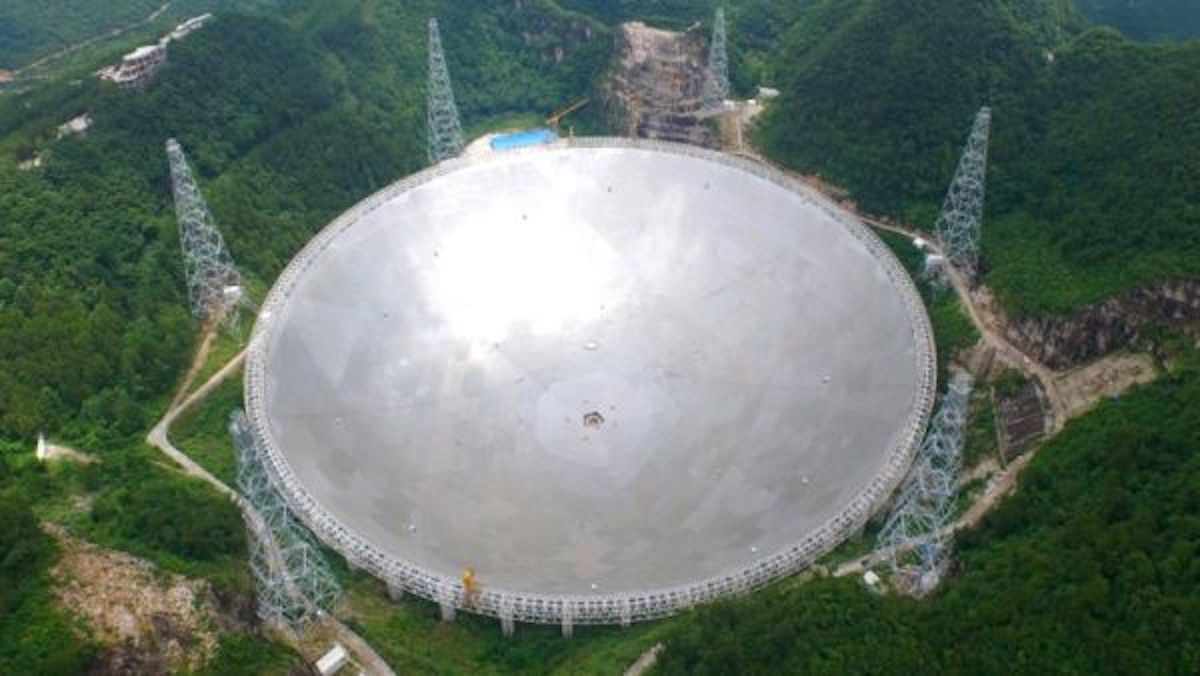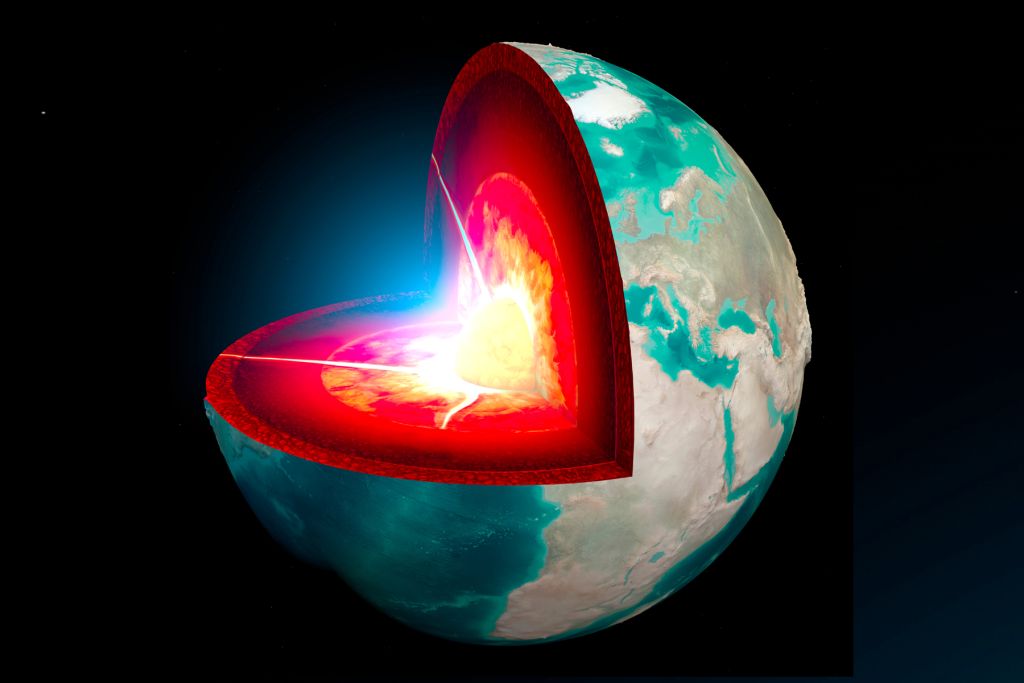
Stephanie Pappas
Stephanie Pappas is a contributing writer for Space.com sister site Live Science, covering topics ranging from geoscience to archaeology to the human brain and behavior. She was previously a senior writer for Live Science but is now a freelancer based in Denver, Colorado, and regularly contributes to Scientific American and The Monitor, the monthly magazine of the American Psychological Association. Stephanie received a bachelor's degree in psychology from the University of South Carolina and a graduate certificate in science communication from the University of California, Santa Cruz.
Latest articles by Stephanie Pappas

Rare, 'rule-breaking' quasicrystal found in chunk of 'fossilized' lightning
By Stephanie Pappas published
A type of crystal that breaks the rules of ordinary crystallography has been found in a tube of melted sand from Nebraska.
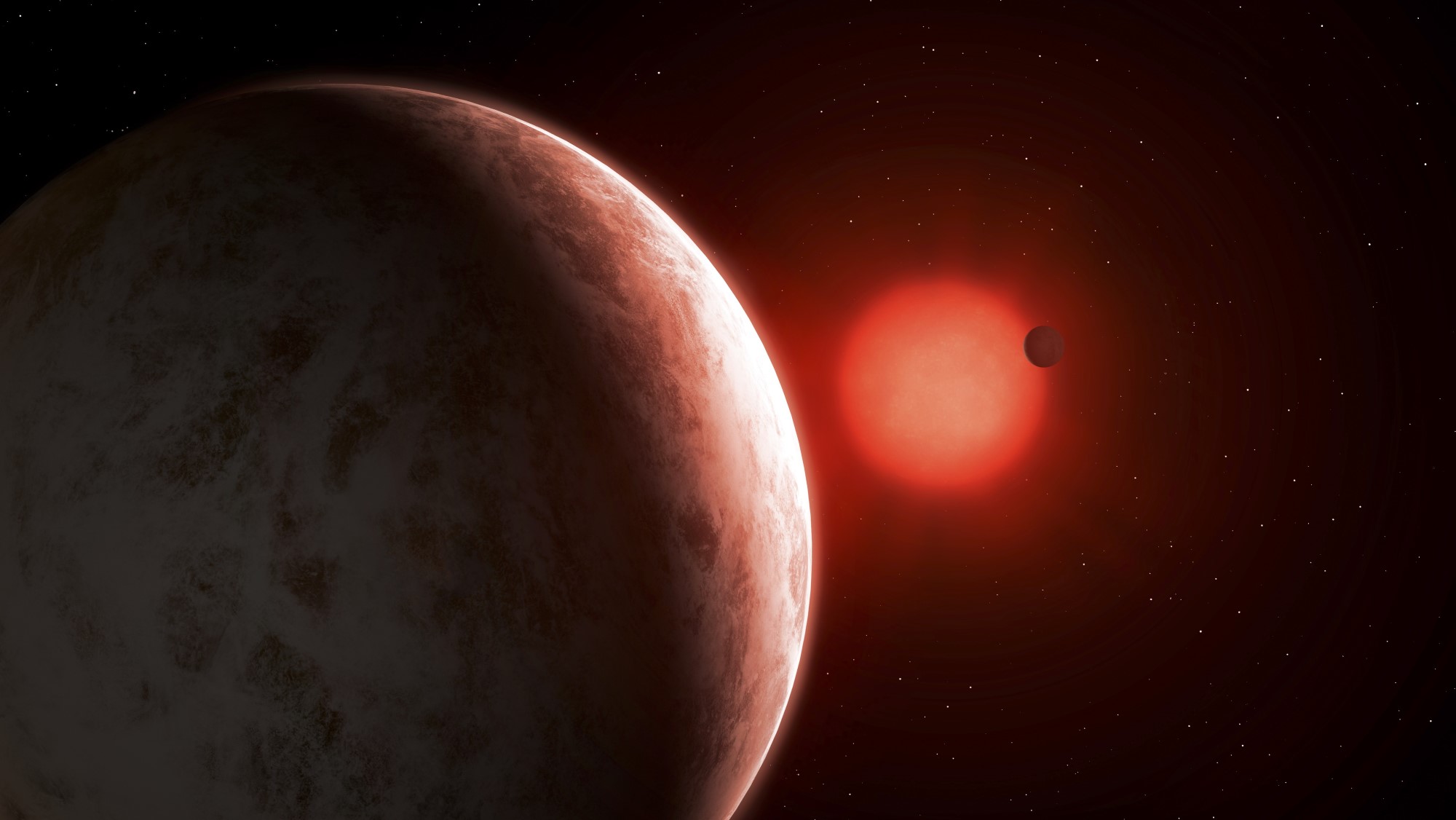
Why hasn't E.T. phoned Earth? Maybe aliens are waiting for the exact right moment.
By Stephanie Pappas published
A new search for alien signals focuses on planetary transits, when exoplanets pass right in front of their suns.
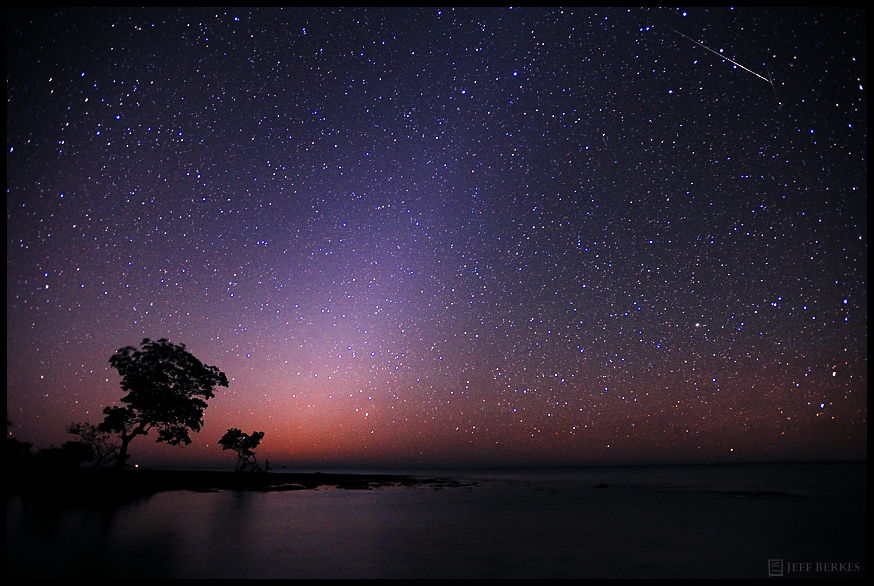
How to watch the Quadrantids – one of the best meteor showers all year – on Jan. 2 and 3
By Stephanie Pappas published
The Quadrantid meteor shower is considered one of the best to view all year. Here's how to maximize your chances of seeing shooting stars.
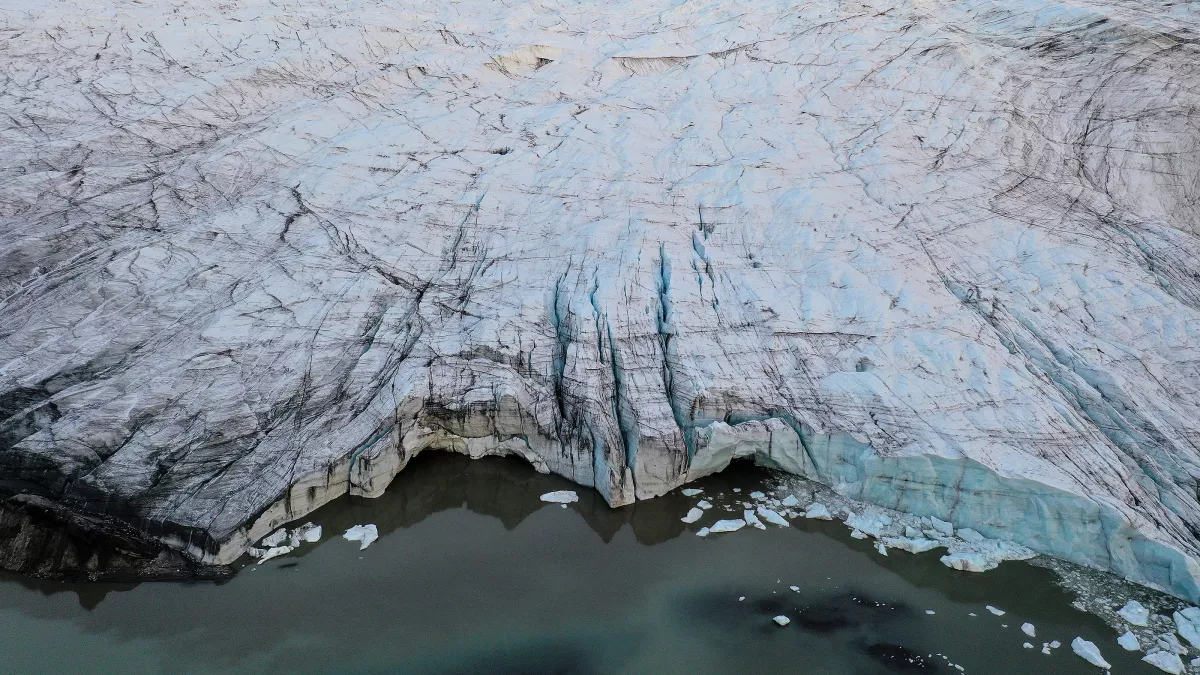
Greenland's glaciers are melting 100 times faster than estimated
By Stephanie Pappas published
Scientists are getting a better handle on how fast Greenland's ice is flowing out to sea. Old models that used Antarctica as a baseline were way off the mark.
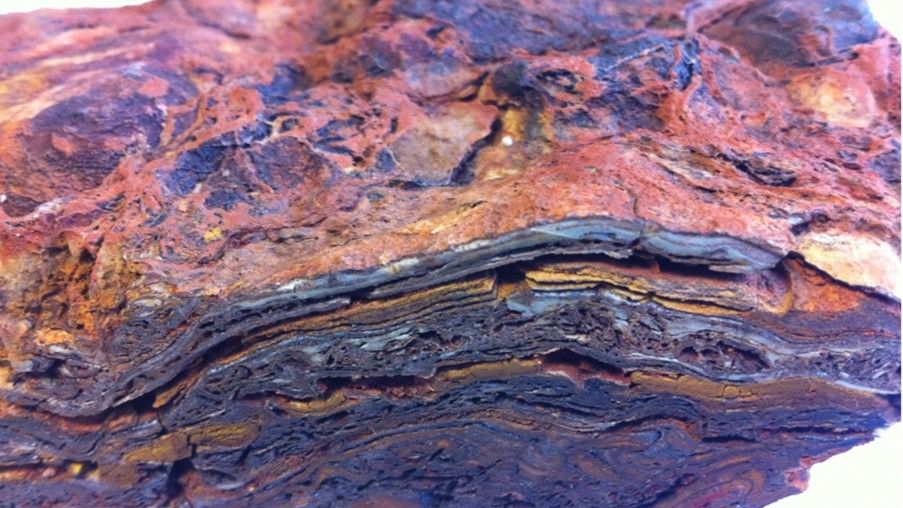
3.5 billion-year-old rock structures are one of the oldest signs of life on Earth
By Stephanie Pappas published
Fossils called stromatolites from Western Australia were created by microbes 3.48 billion years ago.

Weird quantum experiment shows protons have more 'charm' than we thought
By Stephanie Pappas last updated
Protons can contain a charm quark, an elementary particle 1.5 times heavier than the proton itself.
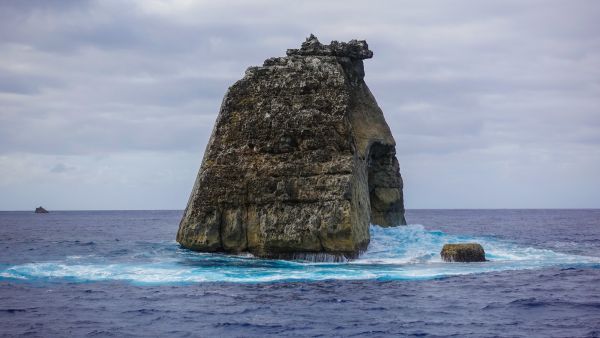
Deepest earthquake ever detected should have been impossible
By Stephanie Pappas last updated
Researchers have detected the deepest earthquake ever, 467 miles below the Earth's surface.

Mountain-size chunk of rock hiding under Japan is channeling earthquakes
By Stephanie Pappas last updated
An underground mountain-sized chunk of rock may be affecting paths of large earthquakes in southern Japan.

Rare plutonium from space found in deep-sea crust
By Stephanie Pappas last updated
A rare type of plutonium has been found in the crust below the deep sea, offering new clues as to how heavy metals form in star explosions and mergers.
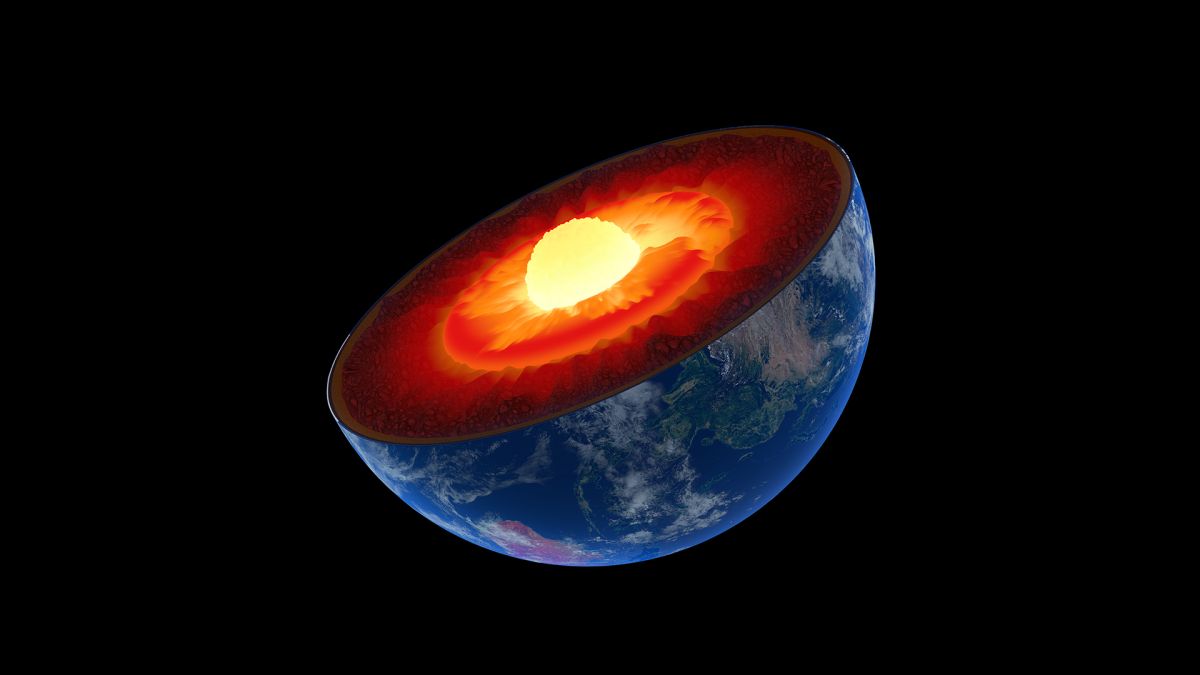
Giant blobs in Earth's mantle may be driving a 'diamond factory' near our planet's core
By Stephanie Pappas published
Water driven toward Earth's center by plate tectonics could lead to the creation of diamonds at the boundary between the core and the mantle.

4 billion-year-old chunk of Earth's crust found below Australia
By Stephanie Pappas published
An ancient piece of crust is hiding below Western Australia, having survived 4 billion years of upheaval.
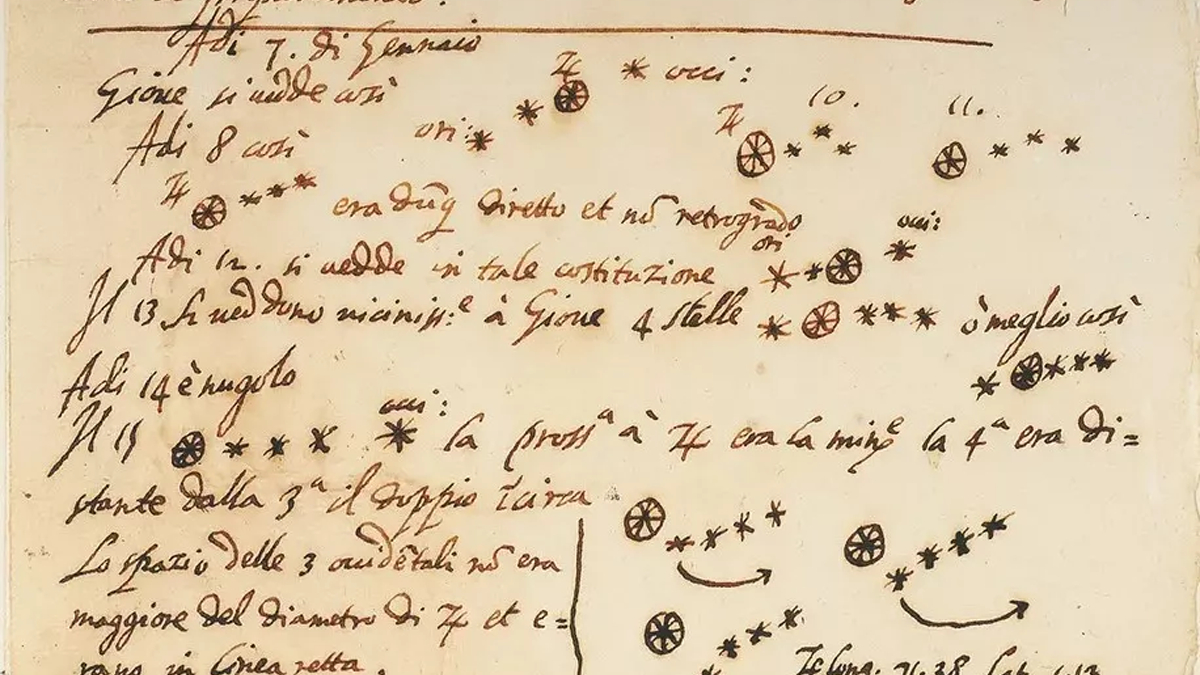
Document supposedly written by Galileo is a fake
By Stephanie Pappas published
A document thought to have been handwritten by Galileo Galilei is in fact a 20th-century fake.
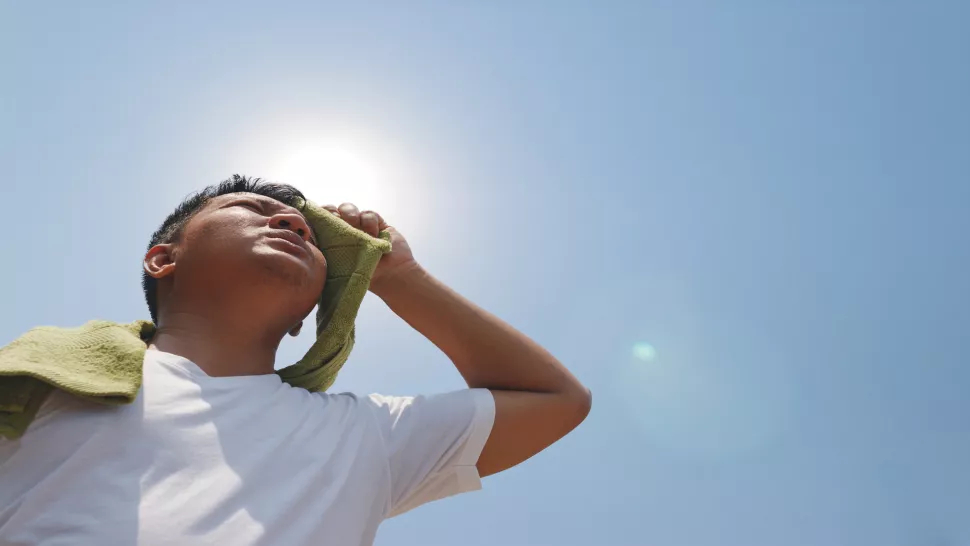
For the first time, scientists have named a heat wave
By Stephanie Pappas published
For the first time, authorities have given a heat wave a name. Scientists hope that naming extreme heat events will help the public protect itself.
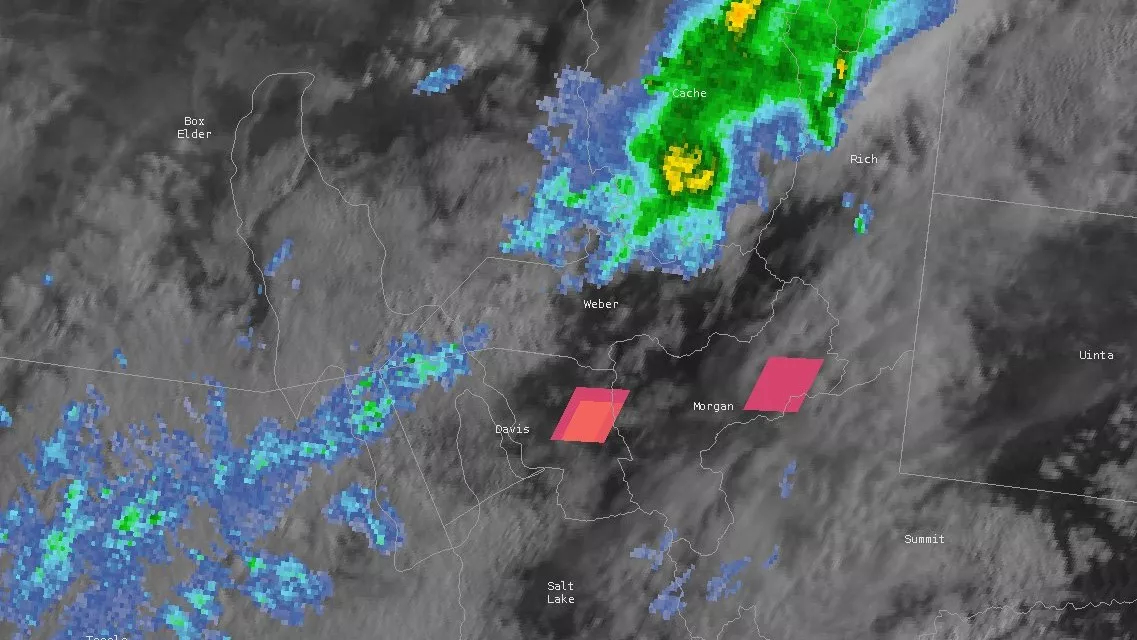
Exploding meteor startles Utah
By Stephanie Pappas published
A loud explosion heard Saturday (Aug. 13) in Utah may have been an exploding Perseid meteor.
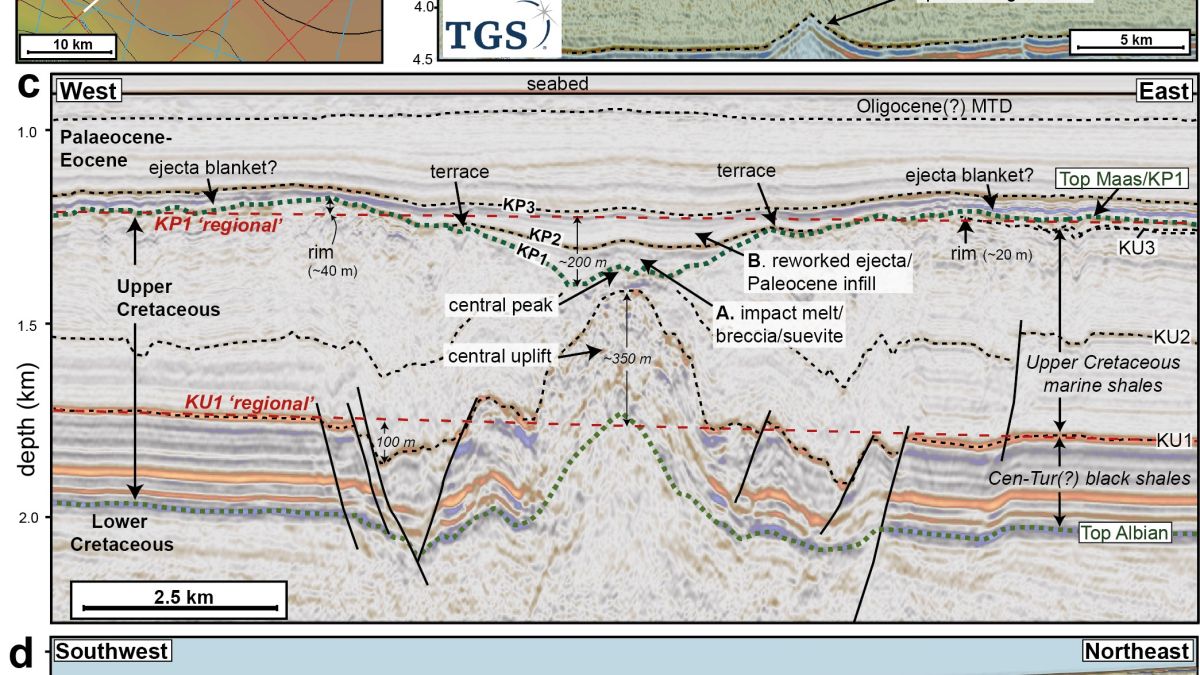
Did a second killer asteroid finish the dinosaurs off? Crater in West Africa hints yes.
By Stephanie Pappas published
A 66 million-year-old impact crater has been discovered off the coast of West Africa, raising questions about just how many deadly space rocks the dinosaurs had to deal with.

Extreme physics of 'supercritical' matter may be surprisingly simple
By Stephanie Pappas published
At 'supercriticality,' the difference between the liquid and gas phases of a material seems to disappear. New research finds that this weird tipping point may be simpler than scientists thought.
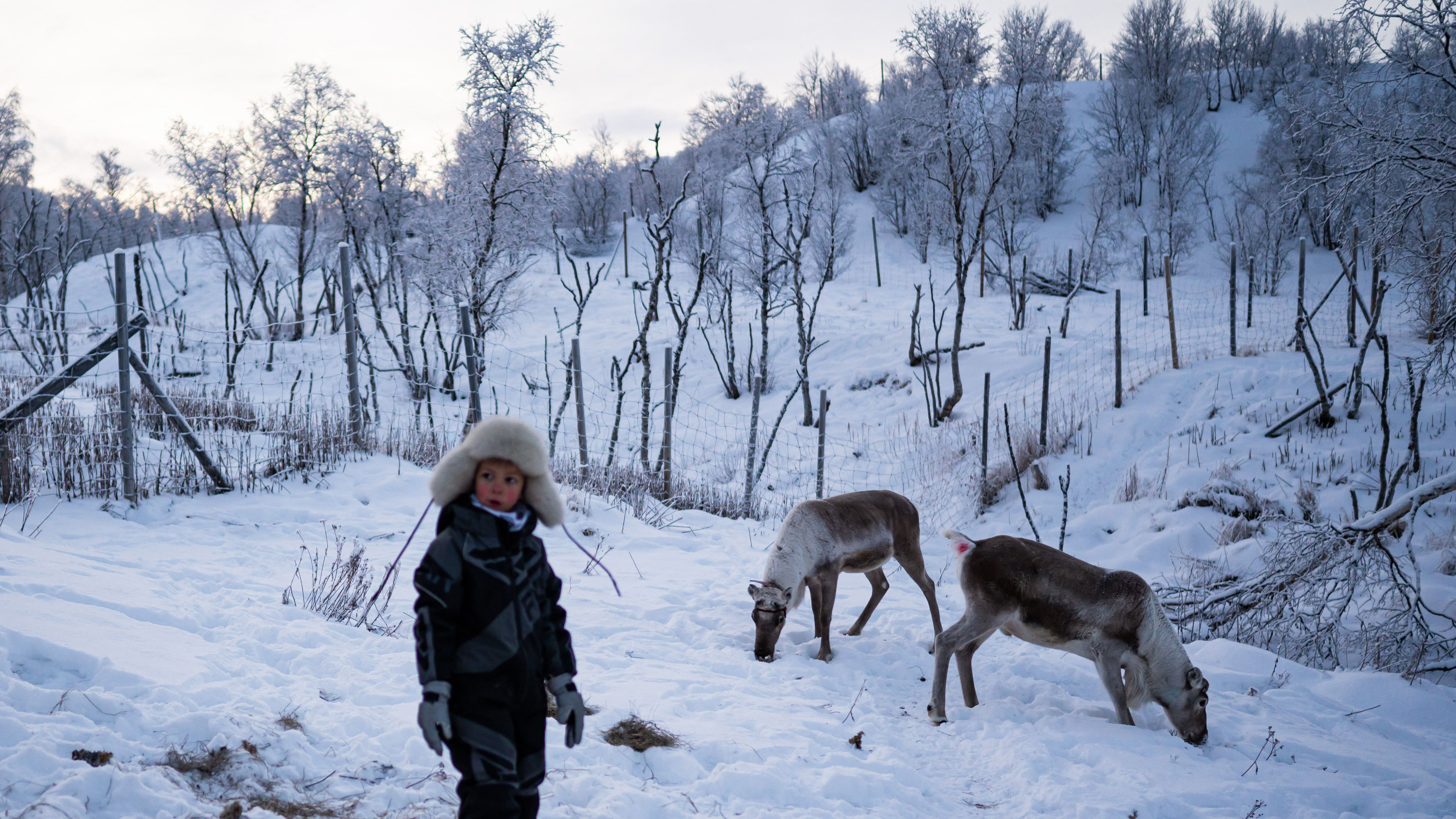
Siberian tundra could vanish in less than 500 years
By Stephanie Pappas published
The Siberian tundra could disappear by the year 2500, unless greenhouse gas emissions are dramatically reduced.
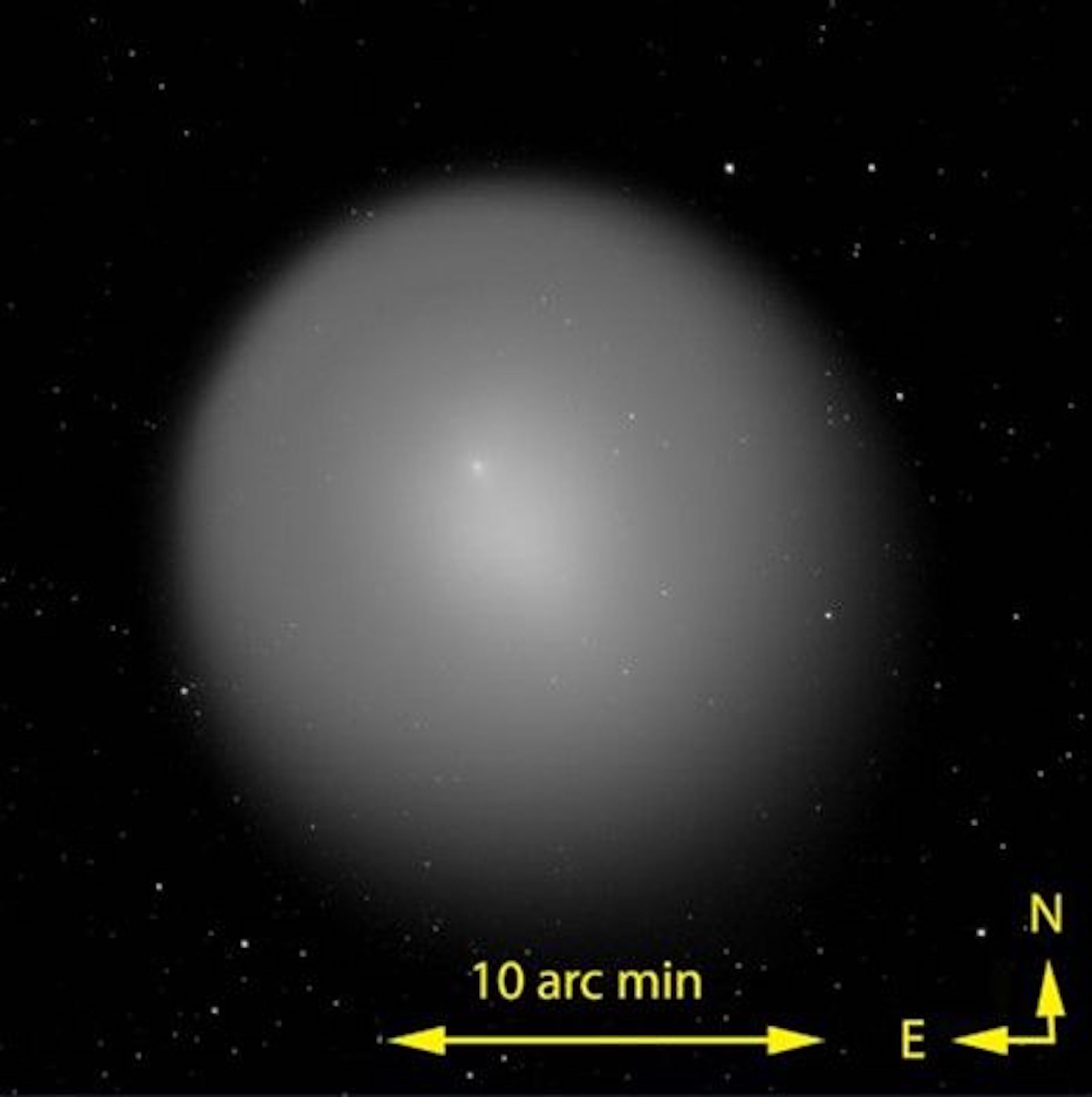
Watch the biggest-ever comet outburst spray dust across the cosmos
By Stephanie Pappas published
The dust trail from the largest comet outburst on record will be visible to amateur astronomers in late July 2022.
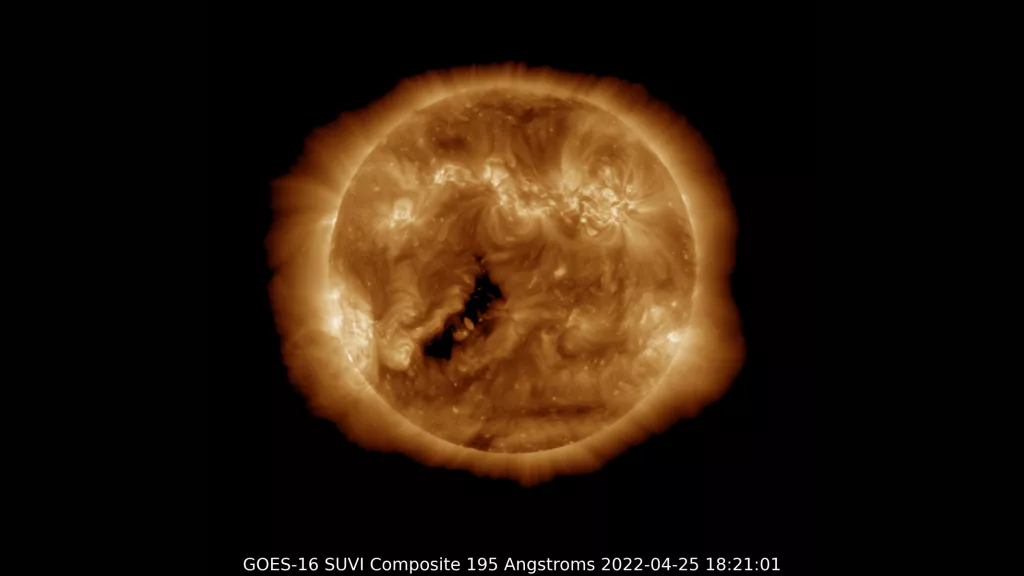
Sunspot sends off double flare, as solar activity ramps up
By Stephanie Pappas last updated
A restless sunspot sent off a double solar flare on Monday (April 25), temporarily disrupting some radio communications in Asia and Australia.

'Dead sunspot' launches ball of plasma toward Earth
By Stephanie Pappas last updated
The "corpse" of a sunspot exploded Monday (April 11), triggering a mass ejection of solar material that is headed in Earth's direction.
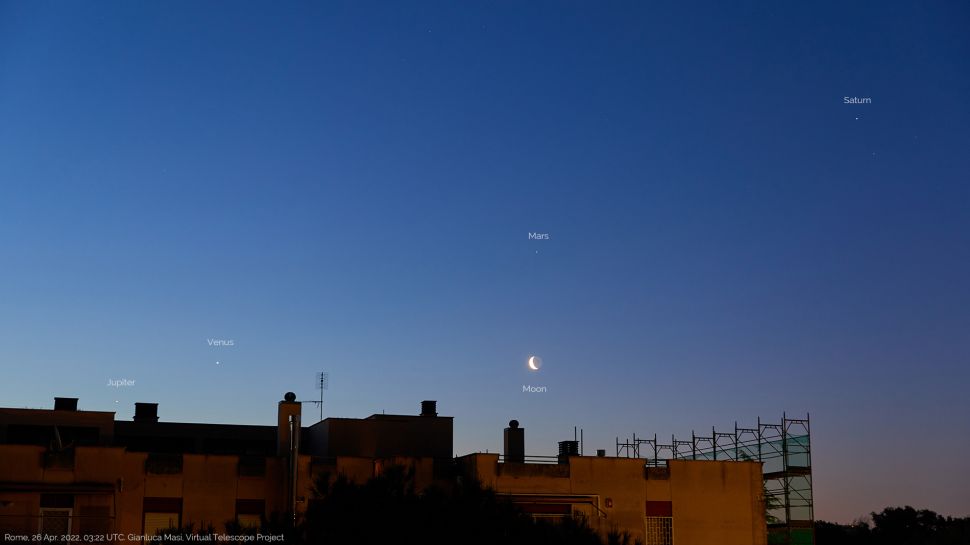
4 planets line up like ducks in a row in gorgeous night-sky image
By Stephanie Pappas published
The moon is leading a parade of four planets across the predawn sky this week.
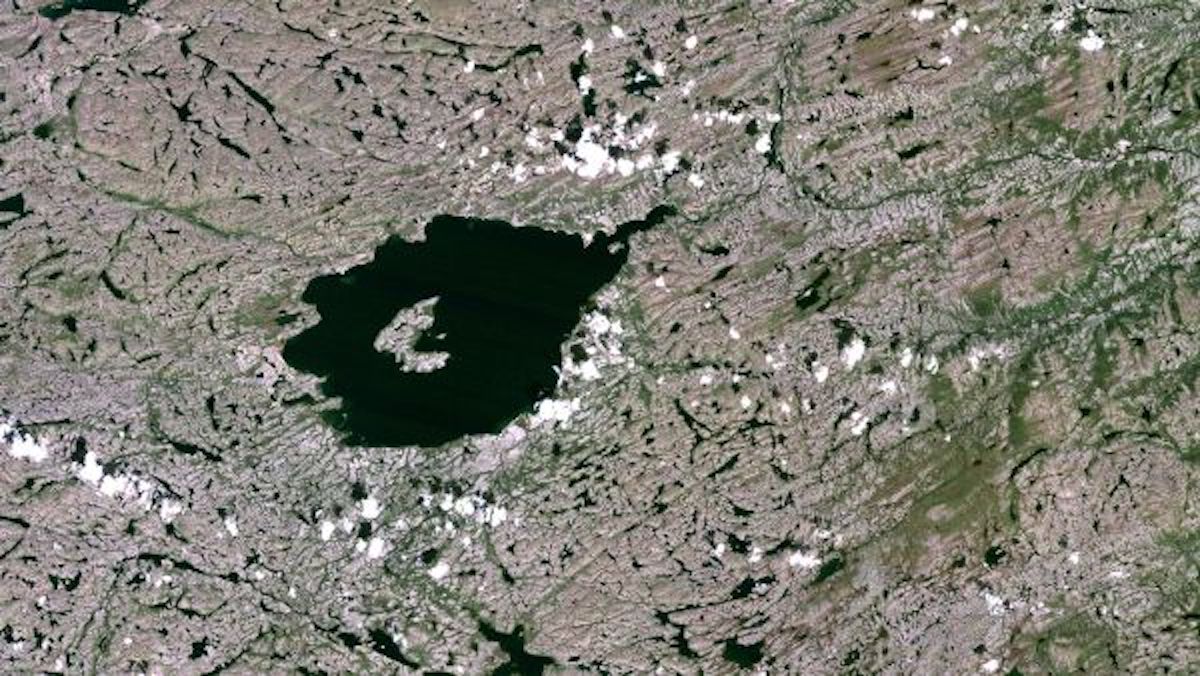
Massive meteorite impact created the hottest mantle rock ever
By Stephanie Pappas published
It's confirmed: The hottest rock ever discovered in Earth's crust really was super-hot.

Scientists create weird pumpkin-shaped nucleus that vanishes in nanoseconds
By Stephanie Pappas published
A newly created isotope of the silvery metal lutetium has a strange squashed nucleus and a half-life of just a few hundred nanoseconds.
Get the Space.com Newsletter
Breaking space news, the latest updates on rocket launches, skywatching events and more!
